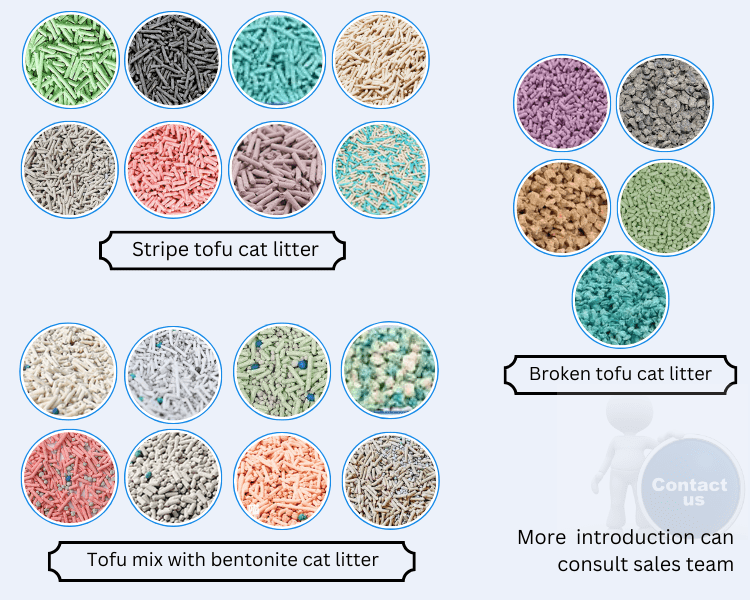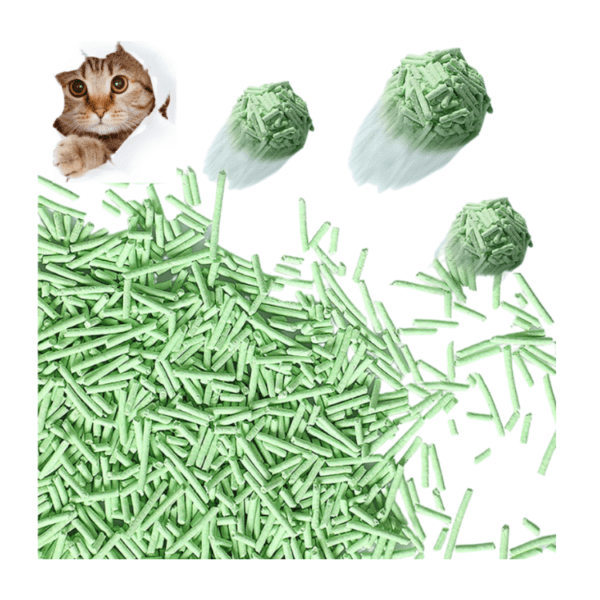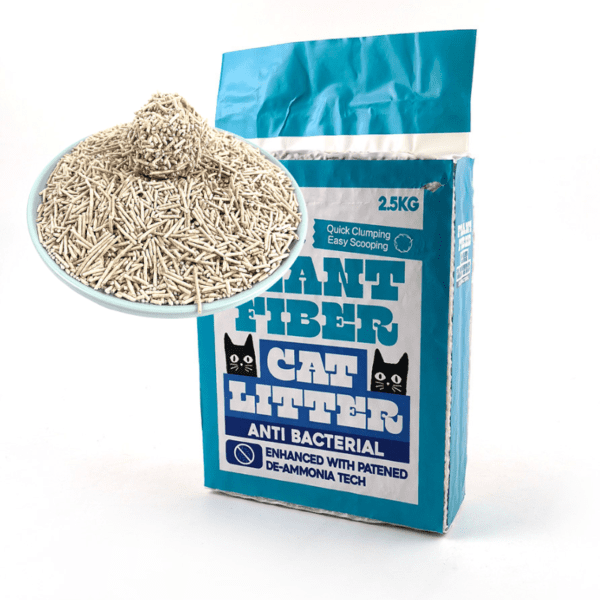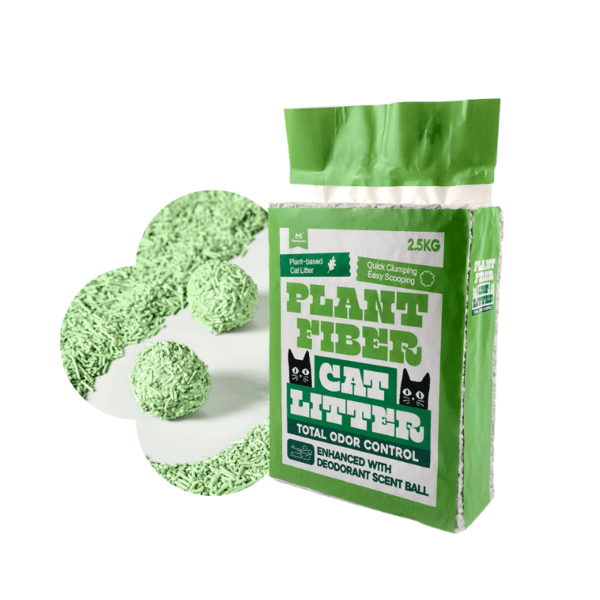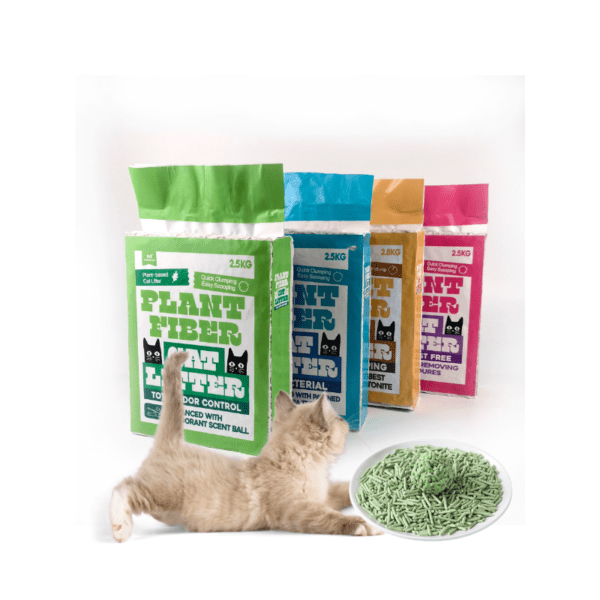Choosing an environmentally friendly cat litter is a responsible decision that can have a positive impact on both your feline friend and the planet.
In this comprehensive guide, we will explore various types of cat litters and delve into the factors that make them environmentally friendly.
From biodegradability to sustainable sourcing, there are several aspects to consider when selecting the best option for your cat and the environment.

Introduction
Cat litter is an essential item for cat owners, providing a comfortable and hygienic space for their pets to relieve themselves.
However, the environmental impact of traditional clay-based litters has raised concerns among eco-conscious individuals.
As a result, there has been a growing demand for alternatives that are not only effective but also sustainable.
Traditional vs. Environmentally Friendly Cat Litters
1. Traditional Clay-Based Litters
Traditional cat litters are often made from sodium bentonite clay, a non-renewable resource that requires extensive mining.
The extraction process can have detrimental effects on the environment, including habitat disruption and soil degradation.
Additionally, the non-biodegradable nature of clay litters contributes to landfill waste.
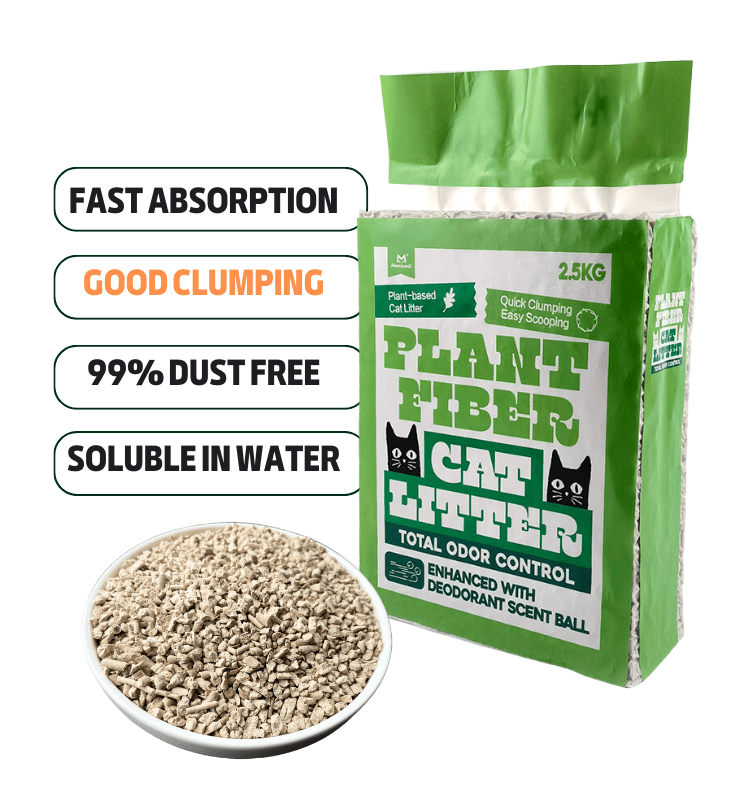
2. Environmentally Friendly Alternatives
a. Biodegradable Materials: One of the key features of environmentally friendly cat litters is their biodegradability. Litters made from materials like corn, wheat, or recycled paper break down naturally, reducing the environmental impact.
b. Sustainable Sourcing: Litters that use sustainably sourced materials ensure that the production process is environmentally responsible. Look for certifications from organizations promoting sustainable practices in the pet industry.
c. Flushable Litters: Some cat litters are designed to be flushable, providing a convenient and eco-friendly disposal method. However, it’s essential to follow guidelines and only flush litters that are specifically labeled as flushable.
Types of Environmentally Friendly Cat Litters
1. Recycled Paper Litter
Made from recycled paper products, this type of litter offers excellent absorbency and is biodegradable. It is a suitable option for environmentally conscious cat owners looking for a sustainable alternative.
2. Corn-Based Litter
Litters made from corn are biodegradable and often clump well, making cleaning the litter box more manageable. Additionally, corn is a renewable resource, making it a more sustainable choice compared to traditional clay.
3. Wheat-Based Litter
Wheat-based litters are another biodegradable option. They are typically flushable, making them convenient for disposal. Wheat is a renewable resource and is often a byproduct of the agricultural industry.
4. Wood-Based Litter
Litters made from reclaimed wood or sawdust are biodegradable and have a natural scent. They are often sourced from sustainable forestry practices, making them an eco-friendly choice.
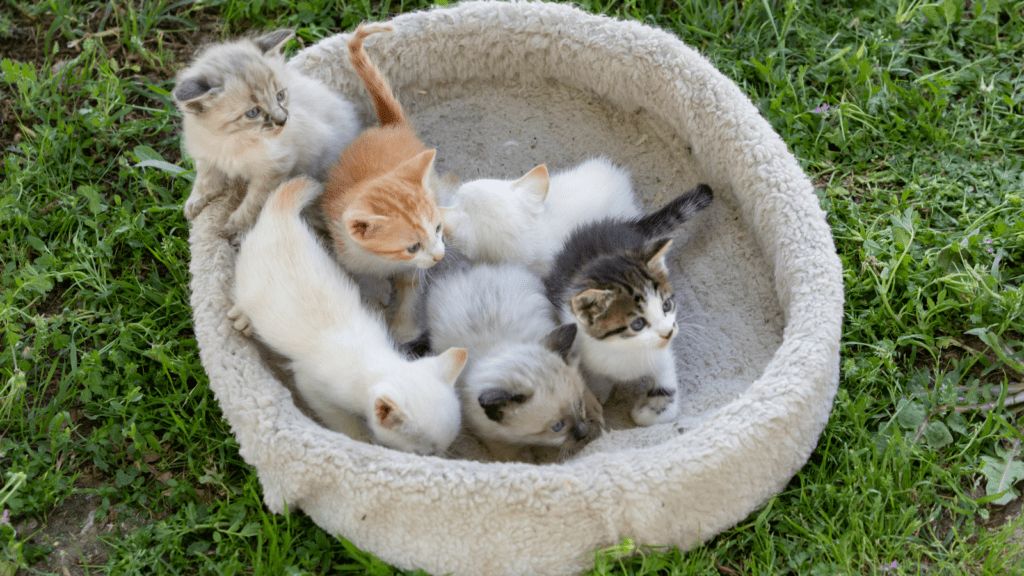
Considerations When Choosing Cat Litter
1. Clumping vs. Non-Clumping
Both clumping and non-clumping litters have their pros and cons. Clumping litters are convenient for cleaning, but some may contain additives that raise environmental concerns.
Non-clumping litters may require more frequent changing but can be a suitable choice if environmental impact is a top priority.
2. Dust Levels
High levels of dust in cat litter can be harmful to both cats and their owners. When choosing environmentally friendly cat litter, consider options with minimal dust to ensure a healthy environment for everyone.
3. Odor Control
Effective odor control is crucial for maintaining a pleasant living space. Some environmentally friendly litters use natural materials with inherent odor-controlling properties, while others may incorporate plant-based additives for this purpose.

Conclusion
In conclusion, choosing an environmentally friendly cat litter involves considering the materials used, sustainability practices, and the overall impact on the environment.
With the availability of various eco-friendly alternatives, cat owners can make a conscious choice that aligns with their values while providing a comfortable space for their feline companions. By prioritizing sustainability in pet care choices, we contribute to a healthier planet for both current and future generations.







